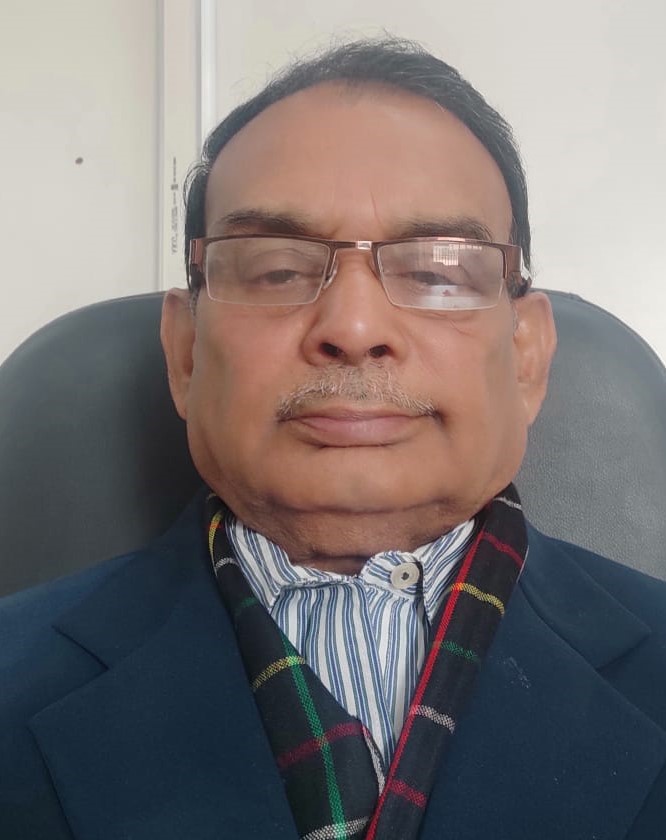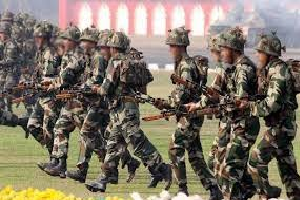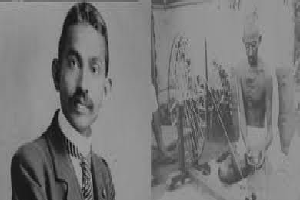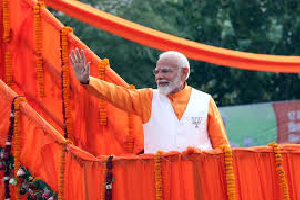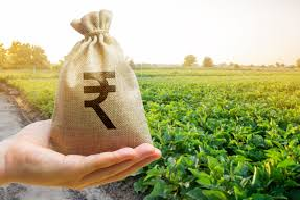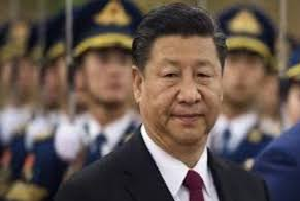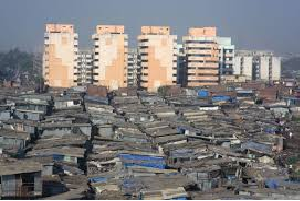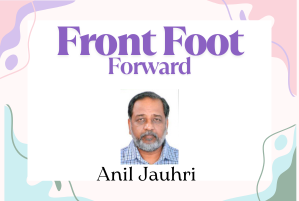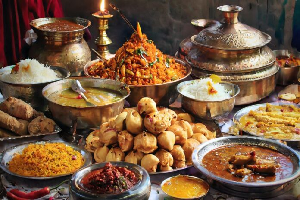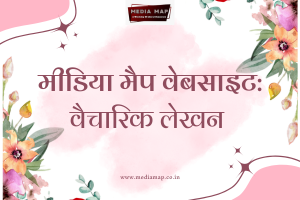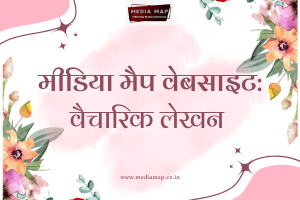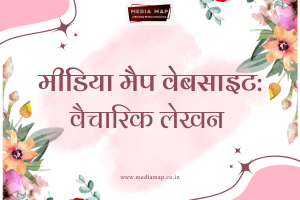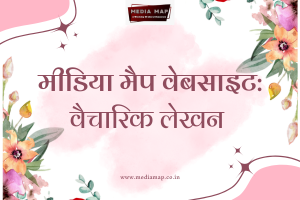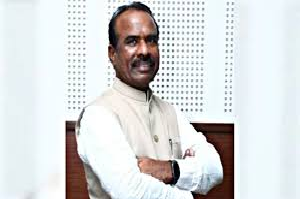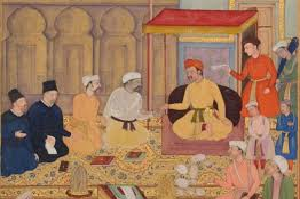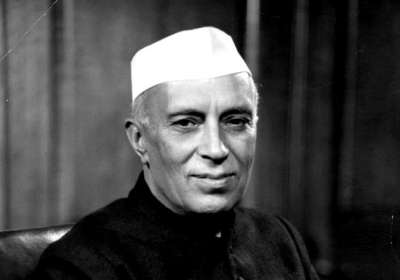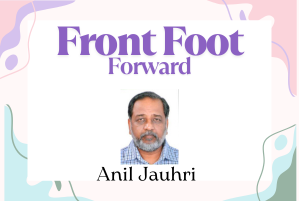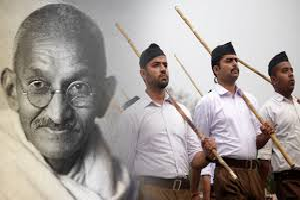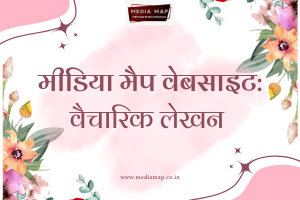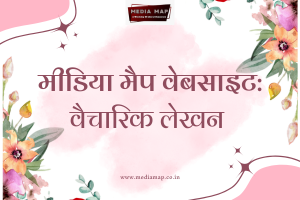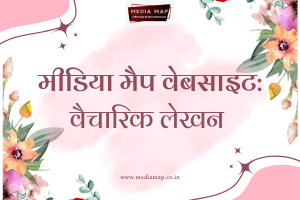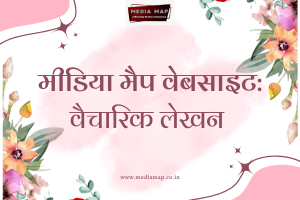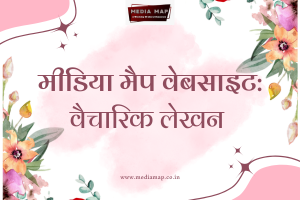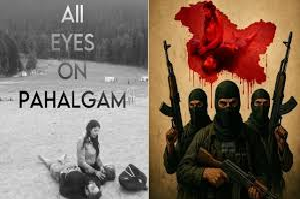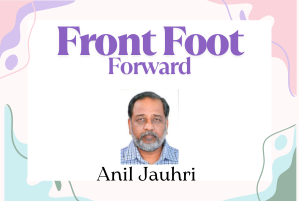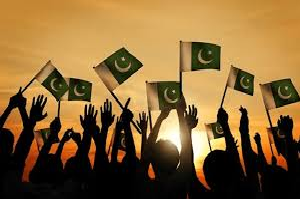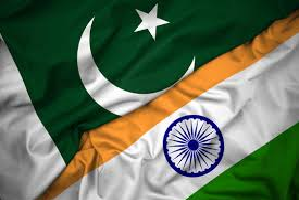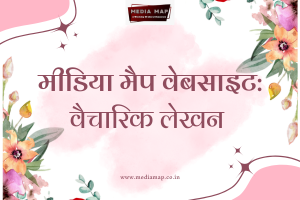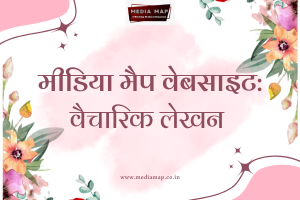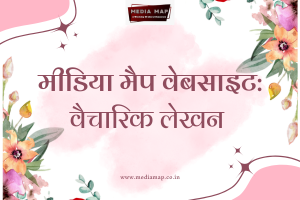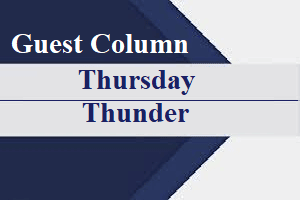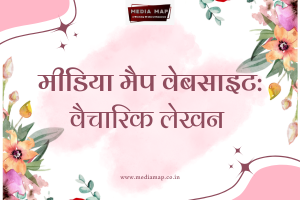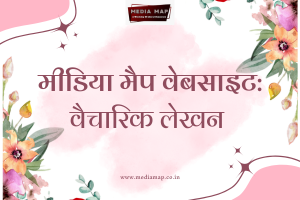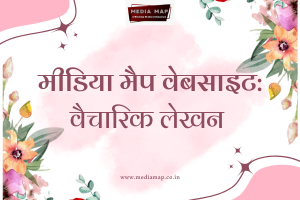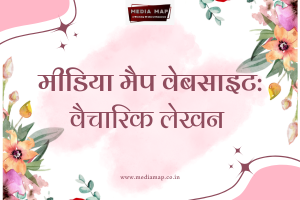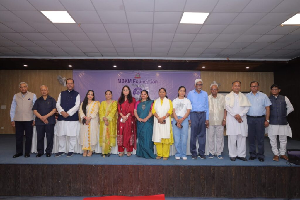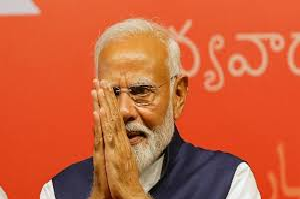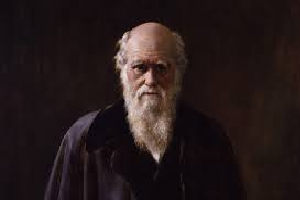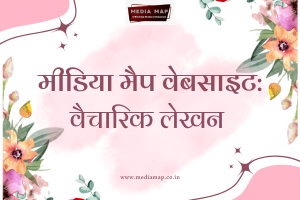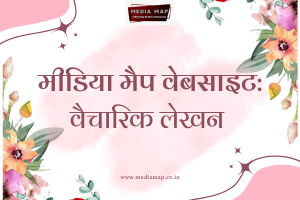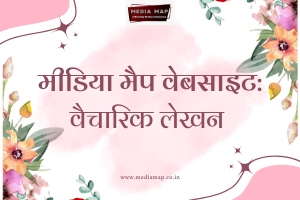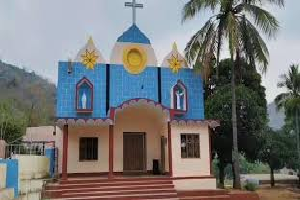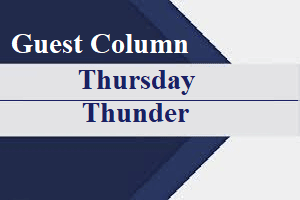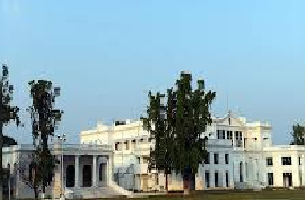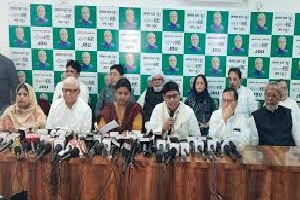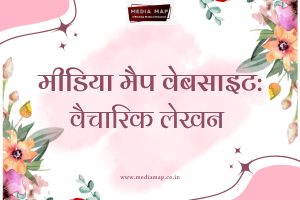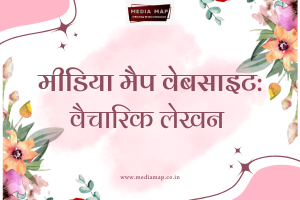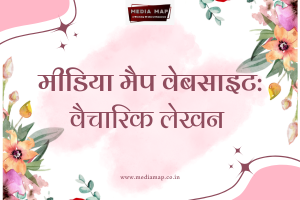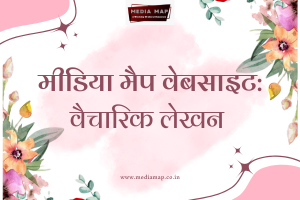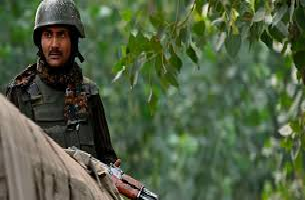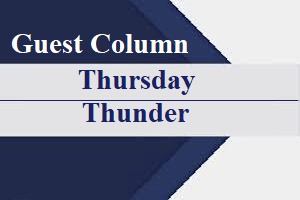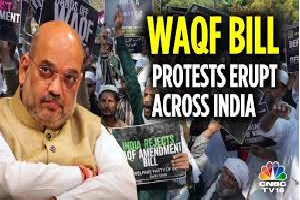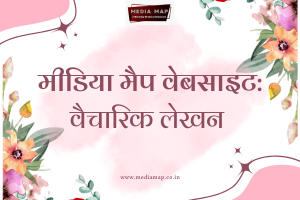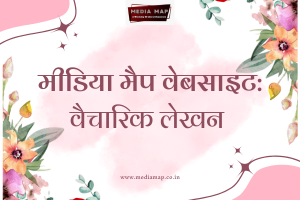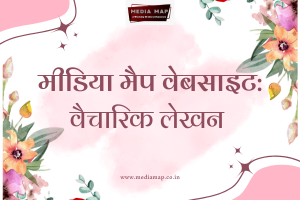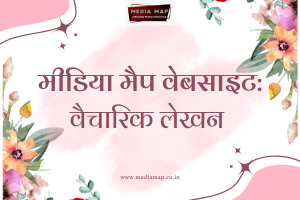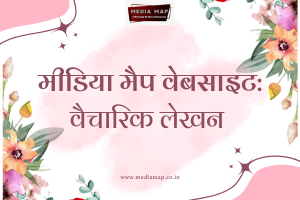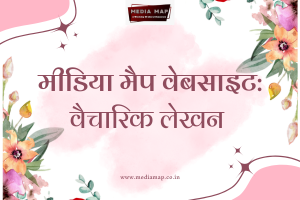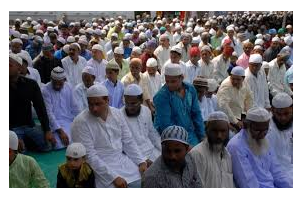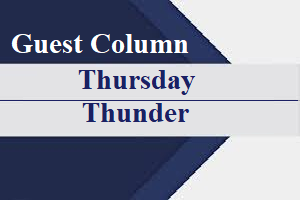11

FAMILY ECONOMIES HURT
Prof Shivaji Sarkar
New Delhi, 11 June 2024
The coalition is natural in a diverse country with various people, practices, customs, living styles, laws and worship. Microeconomic practices, too, are different from North-East to Gujarat and Kashmir to Kanyakumari.
India is not a monolithic civilisation. Two coalitions, BJP-led-National Democratic Alliance (NDA) (293 seats) and Congress-led INDIA (234), are as diverse as the country. The country has observed that it functions best in a coalition. It manages its economy better transparently and has far less probability of being authoritarian. Checks and balances in the polity are more effective, as well as the chances of scams.
The present election was a hotbed of allegations from a bid to amend the Constitution, inflation, unemployment, electoral bond scams, COVID-19 excesses to the ruining of family economies, and indecent diatribes.
Article at a Glance
India's diverse population, practices, and customs make coalition governments a natural fit. The country has seen its best phase of administration, policy-making, and scam-free regime under coalition governments.
The United Front government (1996-2004) and the Atal Behari Vajpayee-led NDA took critical decisions, including the Pokharan nuclear test, and kept the economy growing. The UPA government (2004-2014) also did well initially but later went wayward. The current NDA government has taken unilateral decisions, leading to inflation and joblessness.
The 2024 election results show that the Congress-led INDIA is a strong challenger to the NDA. The ruling NDA must now address people's issues, ensure expenditure cuts, and work with its allies to avoid a stormy 18th Lok Sabha.
Congress leader Rahul Gandhi alleges the biggest scam on the sharp stock market zoom of June 3 and demands a JPC probe into it. TDP leader Chandrababu Naidu’s wife made Rs 569 crore in a day. Even on Friday, stocks zoomed again as anxiety over government fades.
In previous coalitions, the market was seen to behave. The country saw the best phase of its administration, policy-making, and almost scam-free regime between 1996 and 2004 when under the United Front government led by HD Deva Gowda and IK Gujral and the Atal Behari Vajpayee’s BJP-led-National Democratic Alliance. Every decision was taken in consultation with 24 to 48 partner parties.
These governments took critical decisions, including the second significant Pokharan nuclear test. Though Vajpayee is rightfully credited for the nuclear test, it started much before during the regime of PV Narasimha Rao. Gowda and Gujral continued with the policy, and in 1997, Atomic Energy Commission chairman R Chidambaram told a select group of journalists that the country was prepared for a test on short notice.
The NDA of Vajpayee and LK Advani gallantly fought the Kargil conflict with Pakistan and kept China under check. The economy did well, with the Bombay stock index growing 5.9 percent annually. Buoyed by a rebound in the agriculture and allied sector and strongly helped by improved performance in industry and services, the economy registered a growth rate of 8.5 per cent in 2003-04, the highest ever except in 1975-76 and 1988-89.
The process continued to a certain extent till 2007 in the next coalition of the UPA led by Manmohan Singh of the Congress, when the Left Parties, in an unwise decision, parted with it on a silly pretext of the government signing a nuclear agreement with the USA.
The Left parties had been maintaining pressure on the governments to follow a pro-people path. As they quit, the UPA did go wayward and the very next year, 2008, when it opened up the bank coffers to large houses under the pretext of the Lehman Brothers global sub-prime crisis. It gradually led to a crisis of rising bank non-performing assets and severe inflation, under which the UPA wilted.
People had high expectations from Narendra Modi’s new NDA in 2014. Initially, it did well. Gradually, it tended to take decision. Some, like the skill development, Ujjwala, and direct benefit schemes among the 50-odd new schemes, caught the fancy. In over-enthusiasm for doing better since 2016, it started taking unilateral decisions like demonetisation at a time when it was recovering from the lows of the Manmohan Singh regime. It wiped off a parallel cash economy of people with low incomes, which sustained the country during 1990-91, a phase of various stock scams during 1992-96, and later during the Lehman crisis.
The inflationary trend returned, and prices further shot up with the introduction of GST in 2018. The government was making decisions for “reforming the economy” but was not listening to its partners or party members. The 2019 victory established that the brand Modi not only remained intact but also increased the party's strength.
The 2024 proved different as Modi called for “400 paar” or 400 plus seats for NDA. This was after a buoyant “pran pratishta” syndrome at the newly built Ayodhya Ram temple with an elaborate plan to revamp it as a Disney-type game to conference city. It did not pay the political dividend.
Consequently, despite Janata Dal-U of Nitish Kumar deserting it, the invigoration of the Congress-led INDIA stood up as a strong challenger to the NDA. It hit the NDA hard in UP, and for the lack of RSS cadre support, tottered and suffered losses at key constituencies of Faizabad (Ayodhya), Allahabad, Vindhyachal, and Sitapur, and its tally fell to 33.
This was not an isolated phenomenon. Reckless demolitions of over 500 temples in Varanasi, 5000 houses and temples in Ayodhya, Vindhyachal, and Allahabad, a city named after daughter Puranical Manu, Eela, getting its name changed, hurt the electorate, and they voted overwhelmingly for the INDIA parties Samajwadi (SP) and Congress in UP. There was ire as the inflation and joblessness hurt family economies. The SP got 37 of 80 UP seats, Congress 6, and the BJP 33. The BJP vote share fell in 72 UP seats and over 30 Maharashtra constituencies.
The ruling NDA now has to depend on the support of JD-U and TDP. Within a month, the ensuing budget must address the people’s issues and ensure expenditure cuts on high-cost infra projects. Being under the strong gauge of the two allies, how much liberty it could take has to be noted. Both parties want an end to Agniveer or short contractual employment of soldiers and a solution to many issues and special status for Bihar and Andhra.
The RBI's refusal to reduce rates in its monetary policy, even if the US cuts it, is a grave statement by Governor Shaktikant Das on the economy. The RBI also flags usurious high interest rates by non-banking financial and microfinance institutions. There are complaints against digital lenders as well. The RBI foresees building up risks to the lenders that could severely impact the finance sector.
The 18th Lok Sabha might be stormy not only because Rahul Gandhi would be the Leader of the Opposition but also for both Chandra Babu Naidu and Nitish Kumar, known for their transactional outlook and maximalist approach. The possibility of them using their leverage, encouraged by feelers from Congress and others in the opposition, could be a constant worry for the ruling NDA.
---------------
